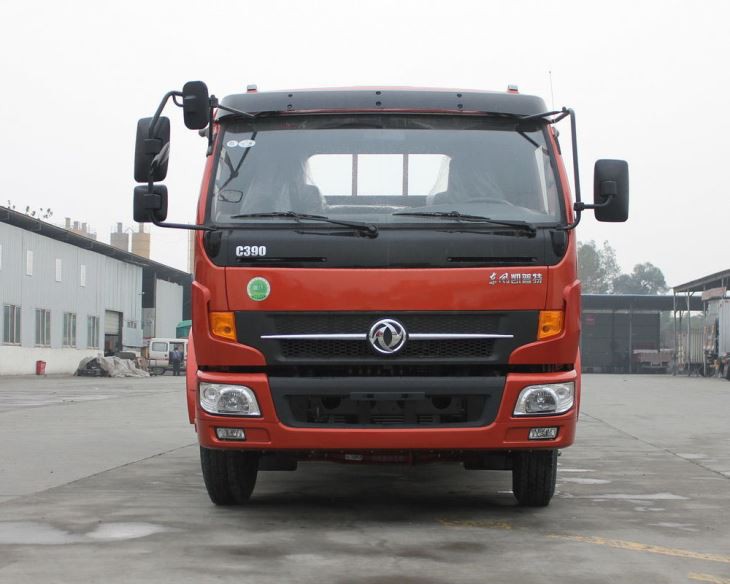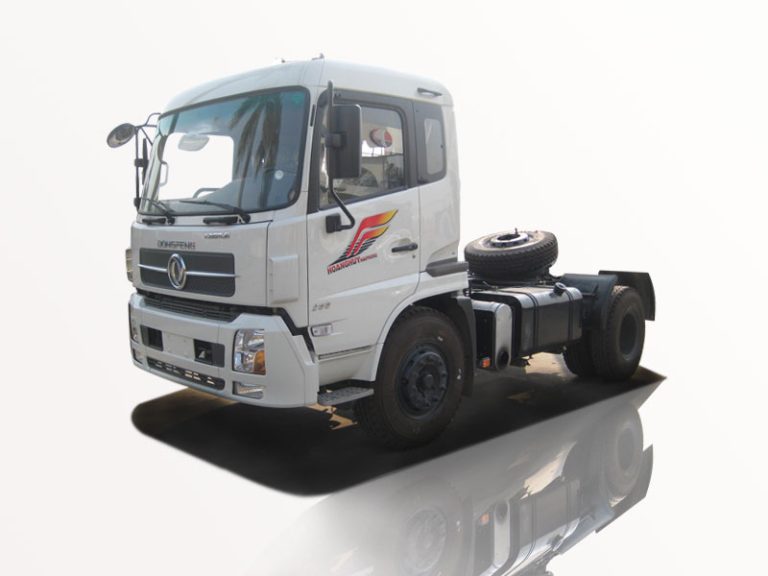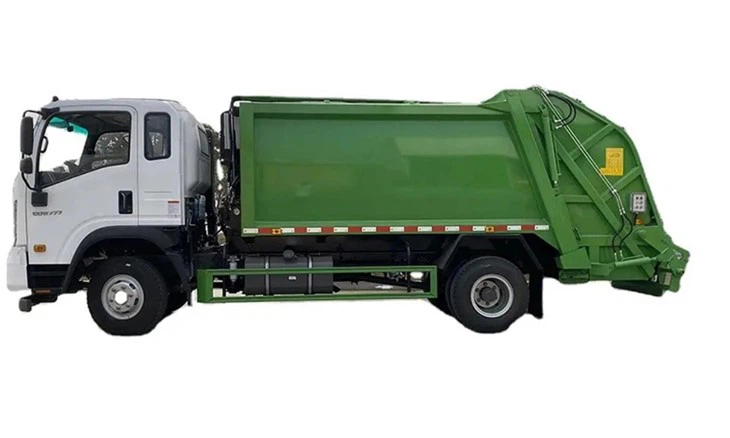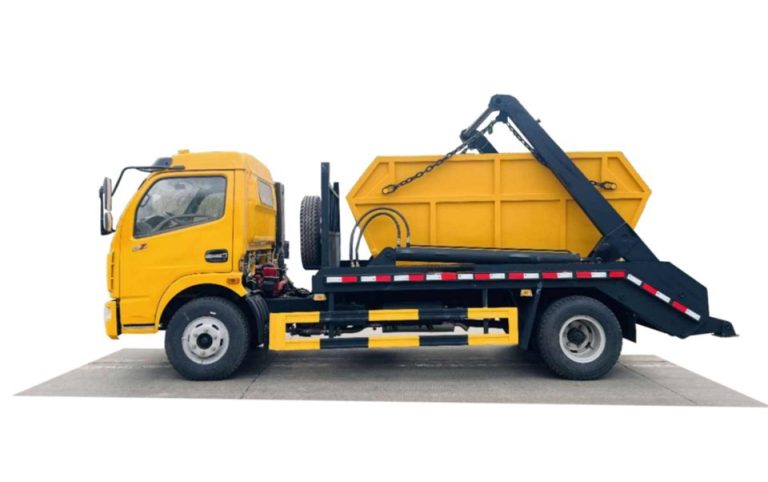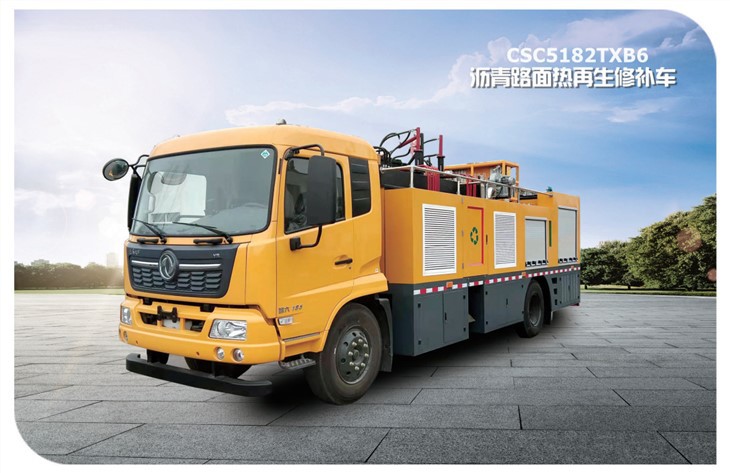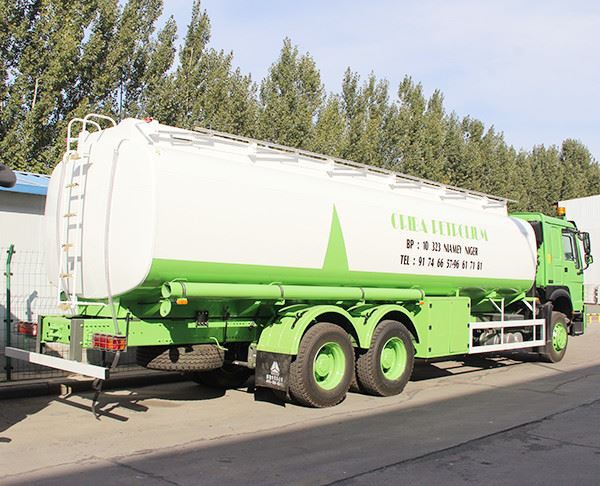Introduction
Tanker trucks play a critical role in the transportation of various fluids, including fuel. Understanding the fuel capacity of these vehicles is crucial for logistics, safety, and efficiency. In this guide, we will explore tanker truck fuel capacities, the factors that influence these capacities, typical sizes of tanker trucks, and tips for optimizing fuel transportation. Whether you are managing a fleet or just curious about how these trucks operate, this article will provide you with valuable insights.
What is a Tanker Truck?
A tanker truck is a specialized vehicle designed to transport liquids, gases, and powders. These trucks come in various shapes and sizes, tailored to carry specific types of cargo. The most common use of tanker trucks is for transporting fuels such as gasoline, diesel, and jet fuel, but they can also be used for food-grade liquids, chemicals, and other fluids.
The Importance of Fuel Capacity
The fuel capacity of a tanker truck determines how much product can be transported in a single trip. This directly affects logistics, efficiency, and cost. A larger tank allows for more fuel to be delivered at once, which can minimize the number of trips required and reduce overall transportation costs. Understanding capacity is essential for businesses that rely on transporting large volumes of fuel.
Factors Influencing Tanker Truck Fuel Capacity
1. Size and Design of the Tank
The size of the tank is the most significant factor in determining capacity. Tankers are commonly measured in gallons or liters, and the design of the tank can also influence its capacity. Cylindrical tanks are most common, but some may have multiple compartments allowing for the transport of different types of fuel simultaneously.
2. Regulations and Compliance
Various regulations govern the transportation of fuels, which can impact the maximum allowable tanker capacity. For instance, regulations by the Department of Transportation (DOT) in the United States dictate weight limits, which can in turn influence how much fuel can be loaded onto a tanker truck.
3. Type of Fuel Transported
The type of fuel affects how much can be carried. For example, gasoline and diesel are less dense than many other liquids, allowing for a larger amount to be transported given the same tank size. On the other hand, transporting heavier liquids may require more restrictive capacity limitations.
4. Weight Limitations
Every tanker truck has a gross vehicle weight rating (GVWR), which includes the weight of the truck itself and its cargo. Exceeding this rating can pose safety hazards and lead to violations of road regulations. Therefore, understanding the GVWR is critical in determining how much fuel can be carried.
Common Sizes of Tanker Trucks
1. Small Tanker Trucks
Small tanker trucks typically have fuel capacities ranging from 1,000 to 3,000 gallons. These are ideal for local deliveries or in areas where access is limited. Example: A 2,500-gallon tanker may be used by local gas stations or for landscaping businesses that require fuel for equipment.
2. Medium Tanker Trucks
Medium-sized tanker trucks generally hold between 3,000 to 6,000 gallons. They are often used for commercial deliveries and can carry enough fuel for several small businesses in a single trip. Example: A 5,000-gallon tanker could service a fleet of delivery vehicles for a regional food distributor.
3. Large Tanker Trucks
Large tanker trucks can carry between 6,000 to 10,000 gallons, and are designed for long-haul operations still adhering to weight regulations. These trucks are often used for bulk fuel deliveries to gas stations or large industrial clients. Example: A 9,000-gallon tanker truck may supply fuel to a major airport or a large shipping facility.
4. Super Tankers
Super tankers, or ultra-large tankers, can hold over 10,000 gallons. They are less common in the United States for road transport but are critical in maritime operations. Road transport in the U.S. is limited by weight regulations, thus these capacities are generally confined to waterborne transport. Example: Marine vessels capable of carrying hundreds of thousands of gallons of oil.
Practical Tips for Managing Tanker Truck Fuel Capacity
1. Optimize Routes
To maximize efficiency, plan fuel delivery routes strategically to reduce travel time and fuel consumption. Utilizing logistics software can aid in identifying the best routes based on current traffic conditions and delivery requirements.
2. Monitor Fuel Levels
Implementing an effective monitoring system for tracking fuel levels in the tank can help in planning timely refuels and ensuring that you never run out of fuel inadvertently. Many modern tanker trucks come with built-in fuel monitoring systems.
3. Adhere to Regulations
Always stay updated on local, state, and federal regulations regarding fuel transportation. Understanding the various legal requirements will prevent fines and ensure the safety of the transport operation.
4. Perform Regular Maintenance
Regular maintenance of both the tanker truck and its fuel systems is crucial. Ensure that the tank is clean and inspect for any leaks. A well-maintained vehicle will operate more efficiently and safely.
5. Train Drivers Thoroughly
Invest in thorough training for drivers handling tanker trucks. Emphasize safety protocols, emergency procedures, and the importance of maintaining weight limits to ensure compliance with regulations.
FAQs About Tanker Truck Fuel Capacity
1. What is the average fuel capacity of a tanker truck?
The average fuel capacity of tanker trucks typically ranges from 1,000 to 10,000 gallons, depending on the size and type of tanker.
2. How is the capacity of a tanker truck measured?
The fuel capacity of a tanker truck is usually measured in gallons or liters and is based on the internal volume of the tank.
3. What regulations impact tanker truck fuel capacity?
Regulations such as the Department of Transportation (DOT) weight limits, environmental guidelines, and safety standards all impact how much fuel a tanker truck can carry.
4. Are there any safety precautions for transporting fuel with tanker trucks?
Yes, drivers should be trained in safety protocols, including proper handling of fuel, awareness of hazardous situations, spill response, and maintaining the truck’s weight limits.
5. Can I transport different types of fuels in a single tanker truck?
Yes, but this requires a specially designed tanker with separate compartments to prevent contamination and comply with regulations regarding the transportation of different fuels.
6. What are the consequences of exceeding a tanker truck’s weight limit?
Exceeding a tanker truck’s weight limit can lead to fines, increased risk of accidents, and potential damage to the vehicle and road infrastructure. Additionally, it can result in legal repercussions and loss of trucking licenses.
Conclusion
Understanding tanker truck fuel capacity is paramount in ensuring effective fuel logistics and management. By grasping the various aspects discussed in this guide, businesses can maximize efficiency, comply with regulations, and ensure the safety of their operations.
